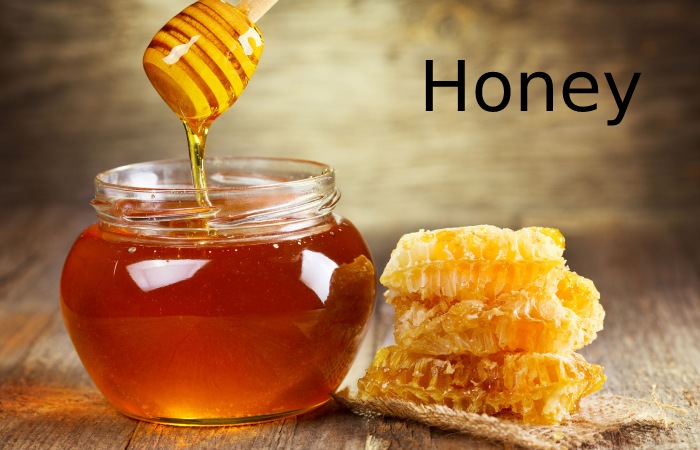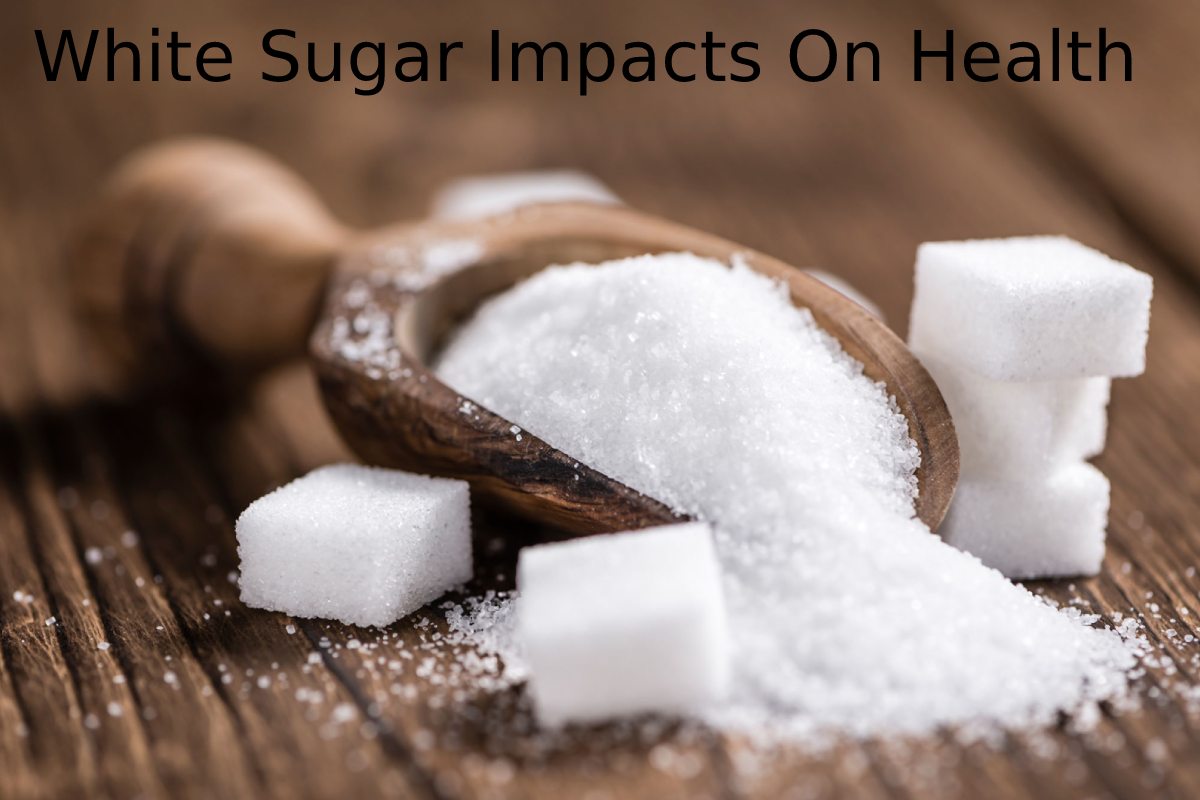White Sugar – The attraction for sugar is universal from birth; newborns, regardless of their origin, appreciate the sweet taste. This innate attraction to sugar allows the individual, and therefore the species, to favor foods that guarantee its survival, sugar being our primary “fuel.” However, we now recognize the harmful effects of sugar – cavities, overweight, the onset of diabetes
Table of Contents
What Is Sugar?
Sugar is present in many forms in our diet.
- Glucose: in honey, in certain fruits
- Galactose / Lactose: in milk
- Fructose: in fruits, honey, agave syrup, a little in “table” sugar
- Sucrose: table sugar ( beets or sugar cane)
- Maltose in malt.
- Starch: in starches (potatoes, sweet potatoes, etc.), cereal seeds (rice, wheat, corn) and pseudo-cereals (quinoa, buckwheat), legumes (lentils, dried beans, chickpeas, etc.), certain fruits (banana, chestnut), etc.
Therefore, it is necessary to consider all the sugars consumed and observe their glycemic index. It will be helpful in the idea of finding alternatives to white sugar.
Cane Sugar
White sugar, in general from sugar beet, sometimes sugar cane, is a refined product whose consumption is harmful to health and which by its refining has lost vitamins and minerals. These “empty” calories are very acidifying for the body. It is therefore advisable to choose unrefined sugars that have retained all the micronutrients (Potassium, Magnesium, vitamin C, etc.). Among these are Rapadura sugar or Muscovado sugar which are raw cane sugars, dark in color, with a slightly moist texture and a delicious caramel taste.
Fructose
This sugar, sometimes found in supermarkets, comes from fruit and has the advantage of having a high sweetening power, which means that a smaller quantity is enough. It is found naturally in honey and fruit. However, it is used too heavily by the food industry (pastries or industrial biscuits containing glucose-fructose syrups). Therefore, it is necessary to monitor the various sources so as not to overdo them. In addition, this sugar is quickly absorbed and then metabolized in the liver, where storage is risky.
Coconut Sugar
Derived from the sap of coconut flowers heated to extract into water, then crystallized naturally, this sugar has the advantage of having a relatively low glycemic index and a good sweetening power. It is also rich in vitamins B and C and antioxidants. Therefore, choosing a brand that guarantees an ethical collection method is essential.
Honey
Honey is the product of natural fermentation, made from the nectar of flowers and seeded with bacteria by the bee. In addition to the “oses” present, it contains proteins, enzymes, many minerals, and some vitamins (including vitamin C in “raw” unheated honey). In addition to aliterate – the treasures of bees to strengthen the body, honey has benefits in terms of sweetness provided it is chosen with the organic label, which guarantees cold extraction preserving the nutrients. You should know that the darker the honey, the richer it is in minerals.
White Sugar – Many Alternatives
Maple Syrup
This translucent brown syrup is the maple tree sap, drawn in late winter or early spring and from which the water has been evaporated. It would help if you chose a dark syrup because it is rich in micronutrients (Calcium, Potassium, Iron) and polyphenols. Beware of ersatz-type caramelized glucose syrups.
Agave Sugar
This light blond syrup is the juice from the heart of the agave (Mexican cactus), concentrated by evaporation. It contains more than 70% fructose. Rich in minerals, this sugar is, however, low in antioxidants. As a result, it has the advantage of being less caloric than other sugars but has the same disadvantages as fructose (too rapid storage in the liver, in the event of excess).
Sweeteners
There are natural sweeteners, for example, Stevia. This plant, native to South America, contains a substance with a very high sweetening power. In addition, according to the studies, its glycemic index would be modest.
There are also synthetic sweeteners, very sweet and with negligible caloric intake, but which are controversial today because they are suspected of favoring many pathologies. So beware of E945, E951, E955, E950… found in particular in so-called “light” products: yogurt, diet soda, sweets, chewing gum.
Conclusion
Therefore, there are many alternatives to white sugar, some of which even provide good nutrients. The problem is the excessive, repetitive consumption that maintains the attraction for sweet flavors. The food industry, which abuses it with many sugars often transformed and therefore harmful and sometimes hidden even in salty preparations, makes us overconsume and maintains our natural penchant for sweetness.

